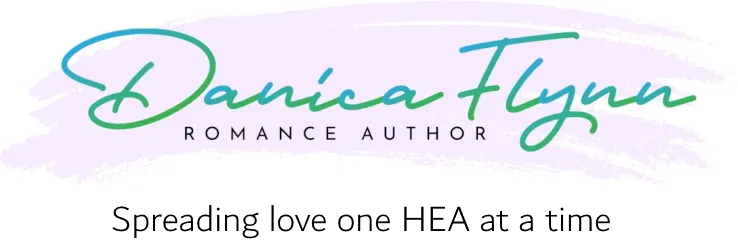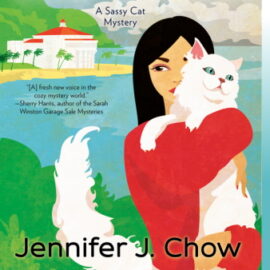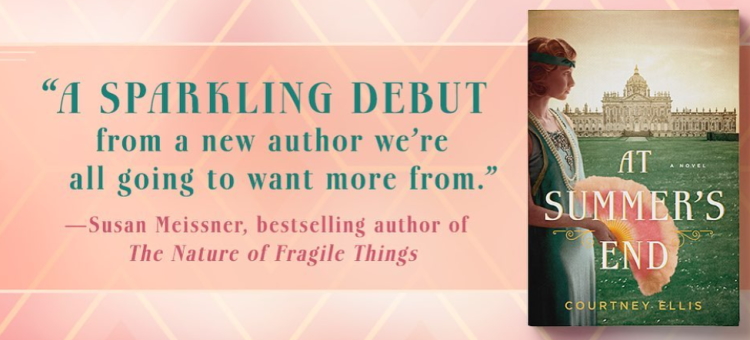
Courtney Ellis’ AT SUMMER’S END is absolutely divine. No, “divine” doesn’t quite cut it. Fracking spectaculosity. (You’ll have to forgive me. I couldn’t come up with words to describe my overwhelming feelings for this book so I had to make one up.) I was lucky enough to get an ARC (Advance Reader Copy) of AT SUMMER’S END, which comes out 8/10/2021 from Berkley/Penguin Random House, and even luckier to get to know the talented Courtney Ellis.
Guest Blogger: Courtney Ellis
“A sparkling debut from a new author we’re all going to want more from.”
—Susan Meissner, bestselling author of The Nature of Fragile Things
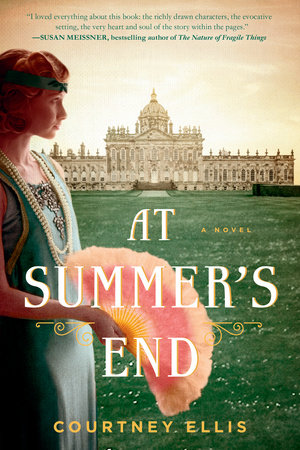 |
“Readers will be captivated by this stirring debut of love, family secrets and human frailties. Ellis deftly captures the devastation of war and what it means to be comfortable in one’s own skin.” —Renee Rosen, bestselling author of The Social Graces In the summer of 1922, an ambitious female artist accepts a commission to paint an English earl’s country estate, and finds his war-torn family crumbling under the weight of long-kept secrets. Threaded with hope, love, and loss, AT SUMMER’S END delivers a portrait of a noble family–and a world–changed forever by the war to end all wars. AT SUMMER’S END is on sale August 10, 2021 and can be found in trade paperback, audio book, and e-book online and in your favorite bookstores. |
AT SUMMER’S END is historical fiction, which means you had to do an awful lot of research. What’s some rabbit hole you went down while researching that maybe didn’t even make it into the book?
Bertie, my protagonist, is an amateur artist, so since I had some solid background knowledge on the First World War, I actually spent the most time learning how to think like a painter. There is SO much about oil painting that I had to learn, even if it wasn’t going to be outright on the page—things like color matching, brush techniques, how to stretch a canvas. And what does composition even mean? There is so much more to the process than I could have ever imagined. I can only hope I managed to convey how much hard work and skill is behind a visual artist’s creativity, because I have such massive respect for them!
This story, and the fantastically painted characters within will still be with me for a very long time. Every word played out like a movie in my head-a lush and lovely movie filled with perfectly flawed people. It isn’t often I find a book that the author has literally poured their soul into, but this is such a book. What was the inspiration behind your book?
The inspiration built over a period of time when I was querying another novel, and feeling a bit stuck. The initial spark came from wanting to write a story that explored the smaller, personal devastation of WWI. Then back in 2018, I visited Castle Howard in North Yorkshire, and couldn’t help but imagine all the secrets a vast estate like that was keeping. So I had my setting, and I just needed a protagonist with a reason to enter the aristocratic family’s intimate world. I considered a few options and decided on making Bertie an artist, which allowed her to be almost overly observant of what was going on around her. I also liked that she could appreciate Lord Wakeford’s mask as a piece of artistry, while being able to see what lay beneath as its own form of beauty.
Lord Wakeford’s prosthetic mask is one of the most unique elements of AT SUMMER’S END. Can you talk a little bit about how these masks came about? Were they something just for nobility or was it available to anyone disfigured from the war?
The masks were not only for nobility! About 60,000 British troops suffered from facial disfigurement (you can imagine how many more from other countries!), so the masks were available to everyone. Anna Coleman Ladd, who I talk about in the book as the sculptor who made Lord Wakeford’s mask, requested permission to go to France to work with the American Red Cross and established their Studio for Portrait-Masks. She had previously worked with another sculptor, Francis Derwent Wood, who had his own studio in a London hospital which was famously called the “tin nose” shop. Their realistic masks (and noses, ears, and eyes) were made of really thin copper and painted with careful detail, replacing bulky rubber styles that were previously used.
AT SUMMER’S END comes out in August of 2021. Seeing your book on shelves and in stores is surreal. Personally, I get a kick out of dropping my book off at Little Free Libraries. Is there a particular library, bookstore, or other location where you’re most looking forward to seeing your book?
There is a Little Free Library on the route where I walk my dog every day, so it’s definitely going to be so exciting to put a copy in it! Growing up, I didn’t have a local indie, so I always spent trips to Barnes and Noble scoping out the exact place on the shelf where my book would go. I imagine seeing it there, among all the writers I’ve idolized for so long, will be the moment it finally hits me that I’m a real author.
What’s next for you? Are you working on a new book?
My second book is set during the First World War and is coming in 2022!
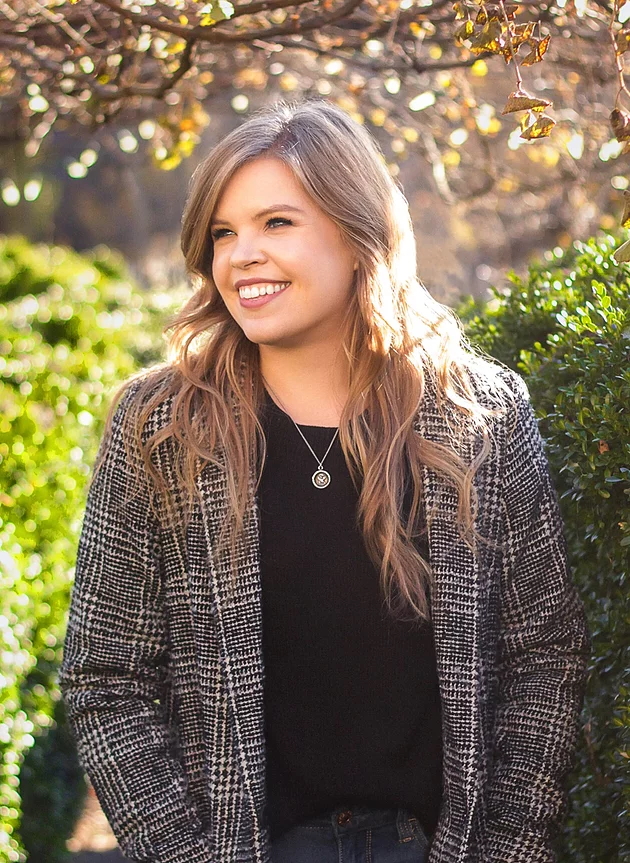 |
Courtney Ellis is the author of the forthcoming historical fiction novel, AT SUMMER’S END. She began writing at a young age, and developed an interest in history from her grandfather’s stories of World War II. After obtaining her BA in English and Creative Writing, she went on to pursue a career in publishing. She lives in Western New York with her rescue dog. She can be found online:
|

